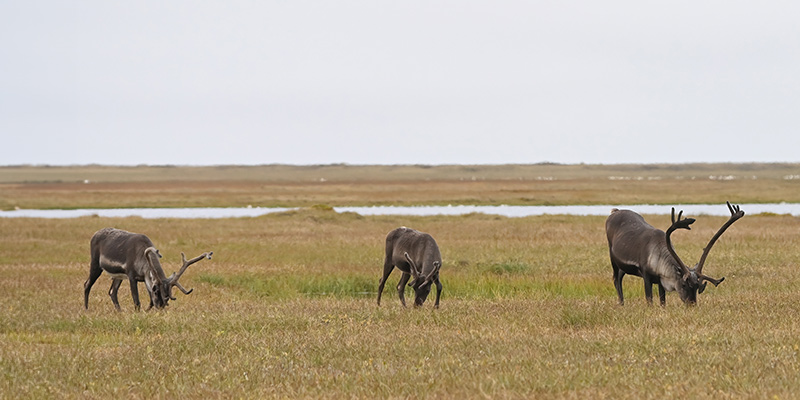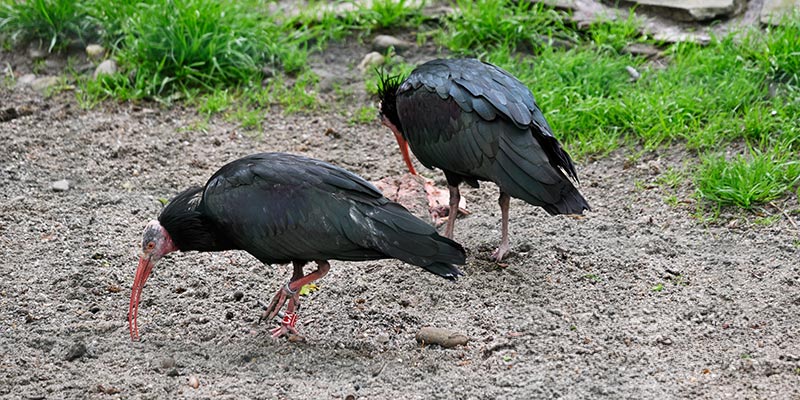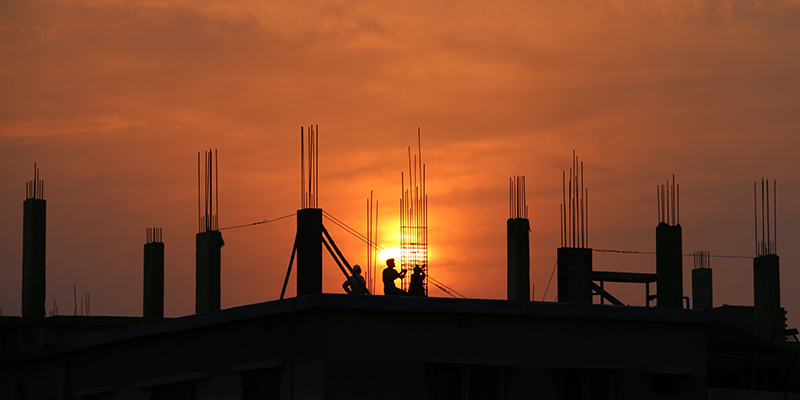Concrete Revolution: Graphene Upcycling for Sustainable Construction
Flinders University and The University of Melbourne researchers are pioneering a sustainable technique to convert unwanted concrete into a useful resource. They have developed a stronger, more durable material by adding graphene into recycled concrete particles, addressing the environmental impact of typical concrete disposal. This novel process, which employs a proprietary graphene-infused solution, improves the quality of recycled aggregates, resulting in concrete with improved qualities when compared to untreated alternatives.
This effort aims to improve waste management procedures – construction waste is expected to exceed 2.6 billion tonnes globally by 2030. Furthermore, traditional concrete production and extraction processes contribute significantly to greenhouse gas emissions and environmental damage. The newly treated recycled concrete aggregates improve performance while lowering environmental impacts. Although currently expensive, the researchers foresee a rapid decrease in production costs, underlining the long-term benefits of this circular method. Dr. Aliakbar Gholampour of Flinders University and Dr. Massoud Sofi of the University of Melbourne are leading this innovative enterprise, with the ability to address rising worldwide building material demands.
Reindeer: Unsung Heroes Preserving the Arctic Ecosystem

Reindeer herders like Tiia Jereme Jeff confront tough challenges to feed their animals in the cold Arctic climate. However, these hardy creatures do more than just survive; they actively battle climate change. According to research, grazing reindeer helps maintain the Arctic ecology. They protect the reflective snow and ice cover by chewing on bushes, preventing the growth of woody vegetation. This ‘shrubification’ endangers the rare boreal forests and treeless tundra. The reindeer have an impact that goes beyond their food; they protect the region’s fragile equilibrium. Indigenous groups that rely on reindeer for a living appreciate their importance. Their role is becoming increasingly important as the Arctic warms at an alarming rate. These creatures are more than simply cultural icons; they are frontline fighters against the deadly effects of climate change in one of the world’s most vulnerable regions.
Exploring Ennore’s Biodiversity Prior to Cyclone Michaung

Ennore, near Chennai, was a beautiful biodiversity haven before the devastation of Cyclone Michaung and an oil leak. The location was a sight to behold, with flocks of glossy ibis numbering in the thousands, vivid water basins alive with varied bird species, and even views of elusive jackals. This finding was made thanks to a cab driver’s recommendation; his acquaintance with the area encouraged studies of Manali and Ennore, ensuring a preliminary bird-spotting expedition.
Among the many bird sightings reported on successful November trips were pelicans seen breeding atop electricity transmission towers. Before the disastrous events, the anticipation of rich avian life in Ennore was the focus. These expeditions highlighted the region’s attraction, underlining its importance as a vibrant biodiversity hotspot, an ecosystem worth preserving in the face of natural obstacles and environmental change.
Reviving Europe’s Skies: A Human-Led Bald Ibis Journey

In mid-August, Austrian biologist Barbara Steininger started on a one-of-a-kind adventure, flying across southern Germany in tandem with 35 bald ibises. These unique birds, which were once extinct in Europe due to hunting 400 years ago, were part of the Waldrappteam project, which was led by Steininger and her colleague Helena Wehner. Their mission was to transport the ibises to a new winter habitat in Spain after their old location in Italy became inaccessible due to climate change.
Human-led flights guide the birds from breeding locations in Austria and Germany across the Alps to wintering grounds in Italy. This project has assisted the population in rebounding from zero to over 200, indicating optimism for self-sufficiency. Studies underline the importance of these yearly excursions for reproducing in the northern Alpine foothills while escaping harsh winters, which is critical for the species’ long-term survival.



